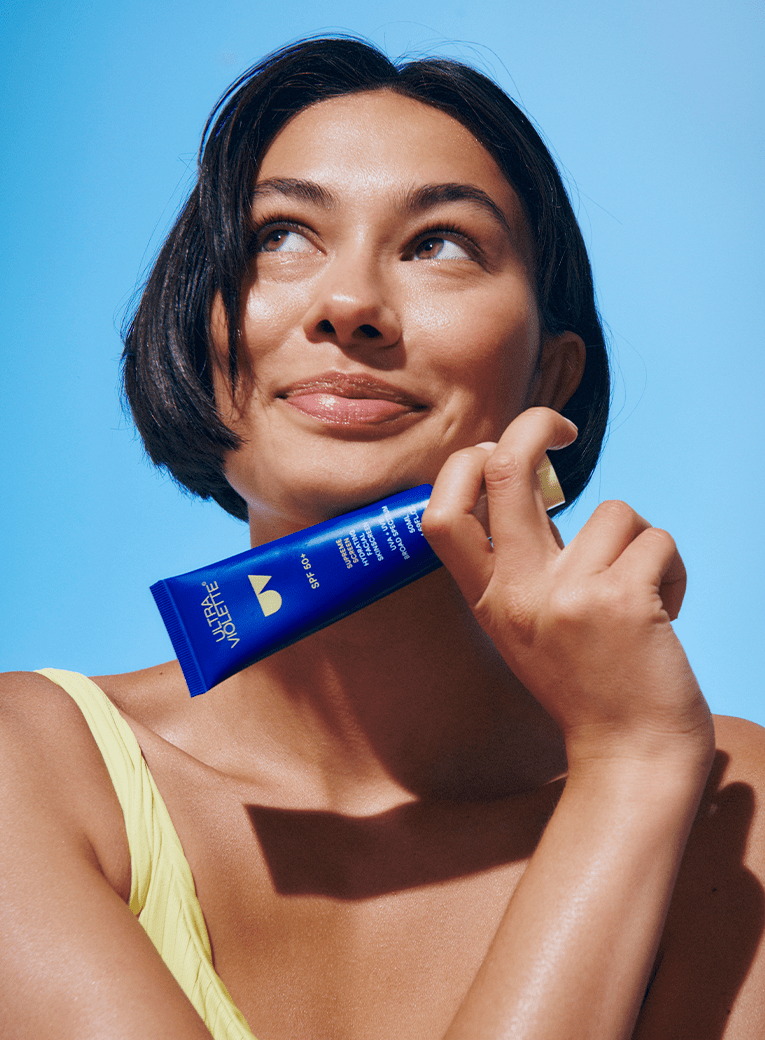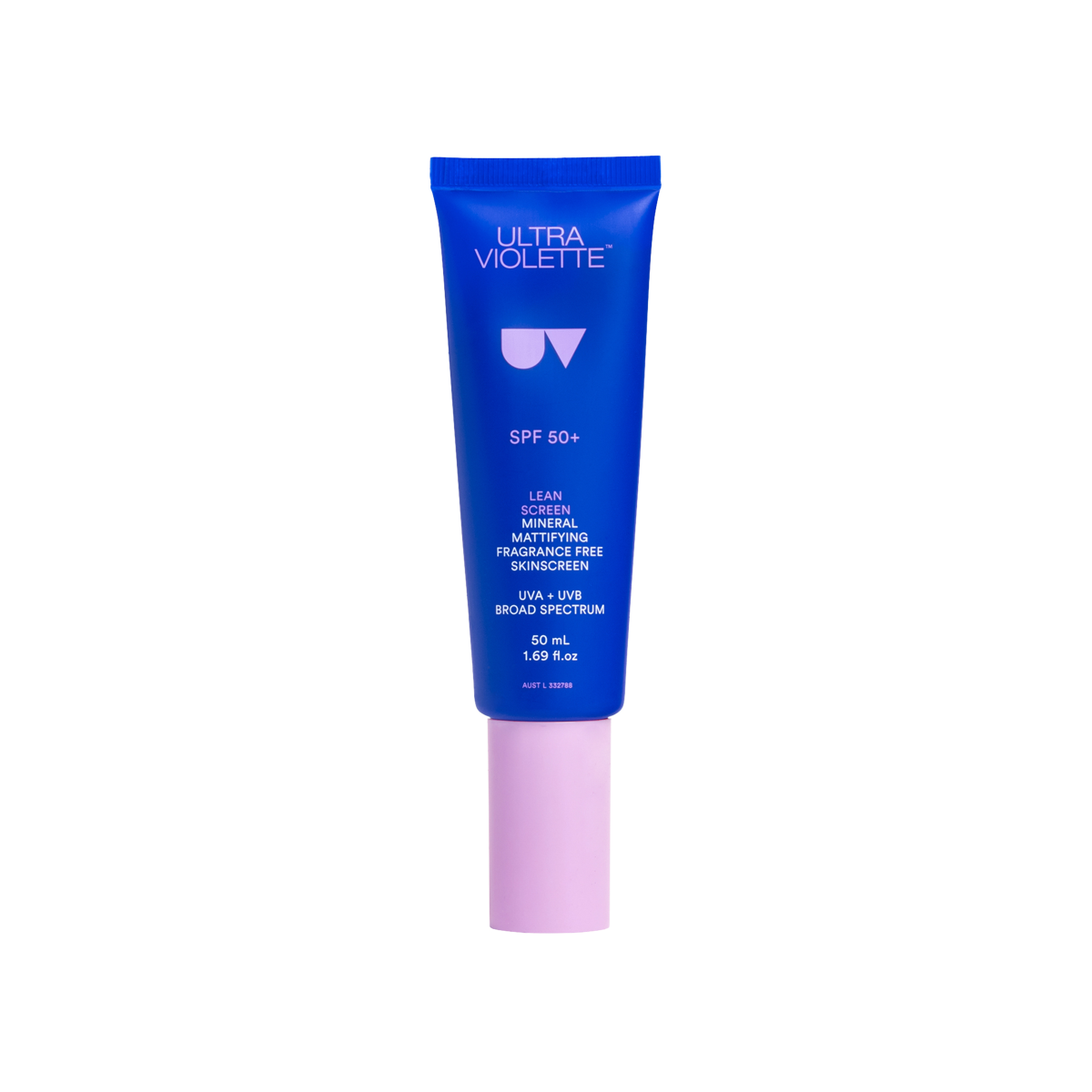Sun protection: facts, filters and our Skins Experts' favourites
We often associate the sun with a healthy glow, warmth on the skin and long days outside. Yet it is good to be aware of its drawbacks too. Up to 80% of skin damage is caused by unprotected sun exposure, even indoors and on cloudy days. That is why sun protection is an indispensable part of your daily routine. And it doesn't have to be something purely functional. At Skins, you will find products that combine protection with the benefits of skincare and make-up, or offer a summer fragrance experience. Think tinted lip balms with SPF 50, protective BB creams that give a golden glow and formulas that smell like fresh coconut or piña colada. In this blog, our Skins Experts explain why sun protection is essential, the difference between filters and how to best protect your skin.

How to make the most of your SPF
Sun protection only works if you use it properly. For your face and neck, the 'two-finger rule' is a handy guideline: apply sunscreen along the length of your index and middle fingers. Sun protection also only works effectively if you reapply it regularly: at least every two hours and always after swimming or perspiring. Also pay attention to the expiry date, as an expired sunscreen is less reliable.Always apply your sun protection as the last step in your skincare routine, i.e. after serums and moisturisers, and before make-up. Leave the product on for a few minutes to prevent your make-up from shifting or curling. Especially in summer, you often want to wear as little product as possible. So it is ideal that there is also sun protection that can replace your make-up. Ultra Violette' s Sheen Screen SPF 50 Lip Balm gives your lips an accent of colour and protects with SPF 50. The Rosilliance Mineral BB + Cream SPF 30 from COOLA Suncare conditions your skin, evens out and leaves a golden glow .
Have more questions about sun protection? Contact our online Skins Experts for personal advice.











